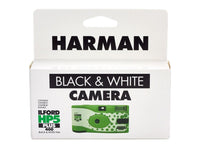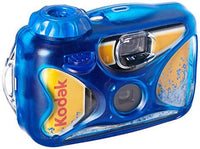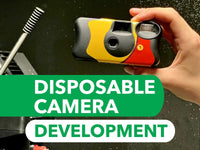Recent posts
Shop the article
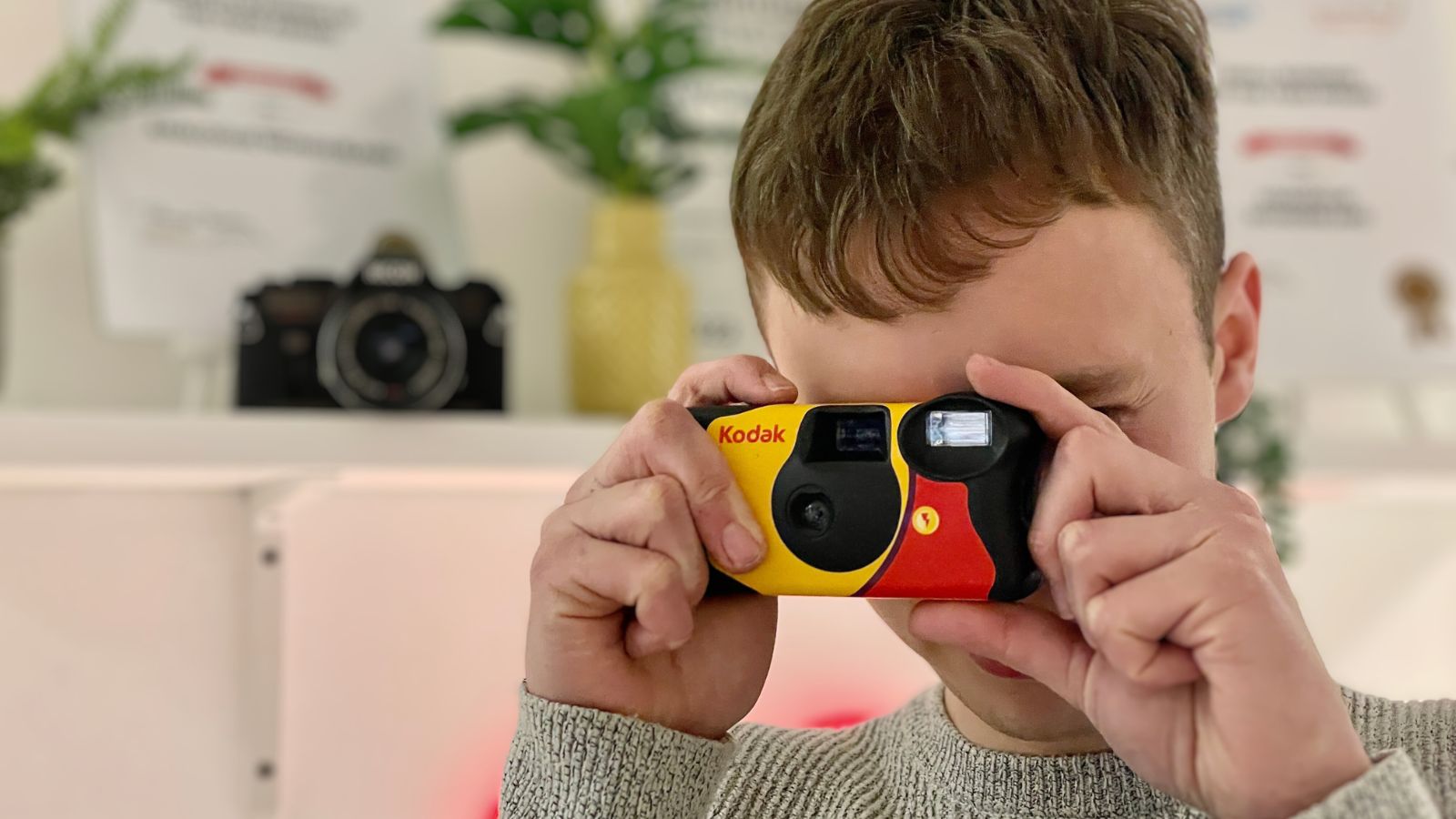
From Click to Print: Unveiling the Magic of Disposable Camera Developing
By Paul McKay
Remember the thrill of snapping photos with a disposable camera and eagerly awaiting the results? In the digital age, the unique charm of disposable cameras is making a comeback. But how do you go about developing film and seeing your photos come to life? This article walks you through the enchanting process of getting your disposable camera developed.
The Allure of Disposable Cameras in a Digital World
In a world dominated by digital photography and instant gratification, the humble disposable camera offers a refreshing change of pace. It's not just about capturing images; it's about embracing the unexpected and the joy of anticipation. The resurgence of disposable cameras is not just a nod to nostalgia; it's a celebration of a simpler, more spontaneous way of capturing moments.
There's something inherently exciting about not being able to instantly review your shots. It adds an element of surprise and mystery to the experience of photography. With disposable cameras, each click of the shutter is a leap of faith, a hope for a perfect capture. This anticipation is part of the allure, a stark contrast to the immediacy of smartphone photography.
They can also be a fantastic tool for creative projects - like Jamie Howles':

Due to lockdowns and social distancing despite being 5 minutes from my sisters family I have seen them very little this past year. I was missing them and all the sleep-overs the kids use to get near enough every weekend at ours. I decided to give this camera to my 11 year old Niece to document a day in my Sisters family. I explained how to use it and how to fire the flash. I then developed it myself - www.jamiehowle.com
Disposable cameras often bring a unique aesthetic to photographs that is different to other film cameras. The grainy texture, the occasional light leak, and the imperfect framing often add a distinctive character to the photos. This 'imperfection' is a breath of fresh air in the age of filtered and curated digital images. It's about capturing life as it is, raw and unedited, which often makes these images more authentic and memorable.
Whether it's for a special occasion, a holiday, a wedding, or just everyday moments, disposable cameras invite us to see the world differently. They remind us that the beauty of photography lies in its unpredictability and the stories that emerge once the film is developed.
Understanding the Process: How Disposable Cameras Work
Before diving into the development process, it's helpful to understand the basics of how disposable cameras work. A disposable camera, often referred to as a single-use camera, comes pre-loaded with a roll of film. It's designed for simplicity and ease of use, making it accessible to everyone, regardless of their photography skills.
At its core, the disposable camera is a straightforward photographic tool. It consists of a simple lens, a shutter, and a roll of film, usually with a fixed ISO, aperture, and focus range. When you press the shutter button on a disposable camera, the shutter opens for a brief moment, allowing light to hit the film and capture an image. This process is mechanical, relying on the physical properties of light and film, rather than digital sensors and electronics.
Because it is such a 'simple' machine, manufacturers can have the confidence to push the boundaries a little: for example with the waterproof Kodak Sport camera that allows you to take film photos underwater!

Awesome underwater alternative pics - @Rabbit_foot_rider
The film inside the camera is typically a colour negative film, which is versatile and well-suited to a variety of lighting conditions. Each frame of the film captures an individual image, and once the film roll is complete, the entire camera is taken to a lab for processing. This is where the magic happens: the latent images on the film are chemically developed into visible photographs.
It's important to note that unlike digital cameras, disposable cameras offer a limited number of exposures, usually between 24 and 36 shots per camera. This limitation encourages thoughtful composition and adds to the charm of film photography, where every shot is valuable.
Understanding this basic mechanism of disposable cameras sets the stage for appreciating the development process. It's not just about getting prints; it's about bringing the latent, unseen moments captured on film to life.
Step-by-Step Guide to Developing Your Disposable Camera
Now that you've captured your memories on a disposable camera, the next exciting step is developing them. Analogue Wonderland offers a seamless and user-friendly development process, ensuring that your precious moments are transformed into tangible keepsakes. Here's a step-by-step guide on how to get your disposable camera developed with Analogue Wonderland.
Firstly, visit Analogue Wonderland's development page at Disposable Camera Development. This page provides all the information you need about the development process, pricing, and additional options available.
Once there, you'll find a straightforward process to get your film developed. Simply select the type of development you require - whether it's just standard development, or if you want scans as well. Prints will come later, once you've seen your scans! Our lab can cater to all your needs, ensuring you get the most out of your disposable camera film.
After making your selection, you'll need to send your disposable camera to us! And good news: you'll get a FREE tracked shipping label to help you do that simply and quickly. Once received, our skilled technicians will carefully process your disposable camera film, using all our expertise to bring out the best in your photographs.

I love this photo taken on the Amber800 disposable: the desserts GLOW!
Once your film is developed, you have the option to receive digital scans, physical prints, or both. The digital scans allow you to share your memories online with friends and family, while the prints offer a classic and tangible way to cherish your moments. Our team at Analogue Wonderland ensures that each print reflects the authentic charm of film photography, with all its unique nuances and character.
Finally, your developed photos and any additional items you ordered are safely packaged and returned to you. With Analogue Wonderland's development service, the excitement of film photography doesn't just lie in the shooting but also in the reveal of these once-hidden moments.
What to Expect: From Film to Photos
After you’ve sent off your disposable camera for development, you might be curious about what happens next. The journey from film to photos is both a technical and a creative process, one that transforms your captured moments into lasting memories. Here's what you can expect during this exciting phase.
Firstly, the development process begins with the careful extraction of the film from your disposable camera. This is done in a darkroom or a light-tight container to prevent any accidental exposure to light, which could damage the undeveloped film.
The film then undergoes a chemical process known as C-41 for colour film development, or B&W development for black and white disposable cameras. These chemicals react with the film to reveal and stabilise the images you've captured.
After the film is developed, it is then cut into individual negatives. These negatives are what hold your images, and they can be used to create prints or digital scans. The negatives themselves are valuable, as they are the original, physical copies of your photos and can be kept for future reprints or scans.
If you opted for digital scans, we will use high-resolution scanners to convert your negatives into digital files. These scans capture the details and nuances of your film photos, allowing you to share them online or keep a digital archive.
Once you've seen these scans you can choose physical prints of your favourites. You can do this through your customer account - more info here - so that you invest in the best photos and don't need to pay for the ones that haven't quite landed!

A fantastic portrait by Thomas P - absolutely nailed it 🌟
The final step is receiving your developed photos. Whether you receive prints, scans, or both, this moment is always filled with anticipation and joy. Seeing your film photos for the first time is like uncovering hidden treasures, each image holding a story waiting to be revisited and cherished.
With our expertise in film development, you can rest assured that the journey from film to photos is handled with the utmost care and professionalism, turning your disposable camera adventures into beautiful, tangible memories.
Common Issues and How to Avoid Them
While the simplicity and nostalgia of disposable cameras are part of their charm, there are some common issues that photographers might encounter. Being aware of these can help you avoid potential disappointments and make the most of your disposable camera experience. I've personally used disposable cameras regularly over the past 30 years, complementing my collection of bigger and fancier film cameras, for moments when I want to focus on shooting 'on the go'! So I can speak to the joy of the experience as well as some of these top tips.

Don't be afraid to get up close and personal! Shot by Paul McKay
Here's a look at these issues, along with tips on how to avoid them.
Light Leaks and Exposure Problems: Disposable cameras are straightforward devices, but they aren't immune to light leaks or exposure issues. As Maksvelas, a customer, notes about the Lomography Simple-Use 35mm Film Camera, "The lens isn't the best quality and might struggle with light leaks..." To minimise this risk, handle your camera with care and avoid exposing it to extreme conditions.
Focus and Framing Challenges: With fixed focus and limited control, framing your shot correctly can be a bit tricky. Leigh, another enthusiast, shares their experience with the Ilford HP5 Plus Harman Disposable Camera: "When you have no camera and no film to shoot but you're desperate...it's an interesting challenge with focus and framing." Take your time to align your shots and embrace the unpredictability as part of the fun.
Graininess and Colour Reproduction: Disposable cameras, with their unique film stocks, can produce varying levels of graininess and colour rendition. As Alexandra observes about the Ilford XP2 Harman Disposable Camera, "XP2 has just a bit more character and grain..." To make the most of this, try to shoot in well-lit conditions and appreciate the distinctive aesthetic that film grain adds to your photos.
To enhance your experience and get the best results, remember these tips:
- Always check your camera's expiry date before use.
- Avoid exposing the camera to extreme temperatures.
- Be mindful of lighting conditions, as disposable cameras have limited ISO ranges.
- Use your flash in low-light conditions to avoid underexposed photos.
- Embrace the unique quirks of film photography – they add character to your images!
By understanding these common issues and how to work around them, you can ensure that your disposable camera journey is as enjoyable and rewarding as possible. Each photograph you take is an opportunity to capture a moment in time, perfectly imperfect in its own way.
Customer Experiences: Memories Worth Capturing
When it comes to developing disposable cameras, the quality of service and the final results matter immensely. We're very grateful that our disposable camera developing service has garnered praise from numerous customers for its quality and reliability, scoring a perfect average rating of 5.0/5 at the time of writing. Here are some experiences shared by customers who have used our service.
Anastasia was "Very Impressed" with Analogue Wonderland, stating, "Analogue Wonderland are a really great company. They developed my disposable camera and the photos came out beautifully. I'm very impressed with the quality and the quick service."
Liv echoed this sentiment in her review titled "Great service!": "Such great service, kind and helpful and quality of the prints was amazing. It's so wonderful to have a reliable place to send my films."

Keira, in her review "Disposable Camera Prints", highlights the quality of the prints: "Amazing quality photos! Great service from the team at Analogue Wonderland. The prints have a beautiful, authentic feel to them, capturing the essence of film photography."
Sami, who has been using Analogue Wonderland since 2022, describes it as "the best place for developing," praising the consistent quality of the service: "i have been using AW since Feb 2022 and will never go anywhere else. The quality of the development and prints is always top-notch."
Rayha, in her review "Thank you!", expresses her delight with the results: "I'm over the moon with how my photos came out. Analogue Wonderland's developing service brought my memories to life in such a vivid and beautiful way."
Whether it's a holiday, a special event, or everyday moments, the development of a disposable camera is a journey of rediscovery. Analogue Wonderland's service ensures that this journey is as rewarding as the moment the photo was taken.
Conclusion: Embrace the Unexpected with Disposable Camera Developing
The journey of using and developing a disposable camera is filled with surprises and delights. From the moment you click the shutter to the day you hold your developed photos in your hands, the entire process is an adventure in rediscovery. It reminds us of the joy of photography in its purest form - capturing moments without the ability to edit or filter, just raw and real life as it happens.
We hope that our disposable camera developing service can play a pivotal role in this adventure. We are keen to ensure that your memories are not just preserved, but are brought to life with the authentic charm of film photography.
Whether you're a seasoned film photographer or someone who's just picked up a disposable camera for fun, the process of developing your film is an experience in itself. It teaches patience, appreciation for the art of photography, and most importantly, the beauty of embracing the unexpected.
So, why not grab a disposable camera and start capturing those unfiltered moments? Who knows what wonderful surprises await when you get your disposable camera developed?
Have you rediscovered the magic of disposable cameras yet? What memories are you excited to uncover from your latest film roll?
Ready to dive in?
Keep Reading
View all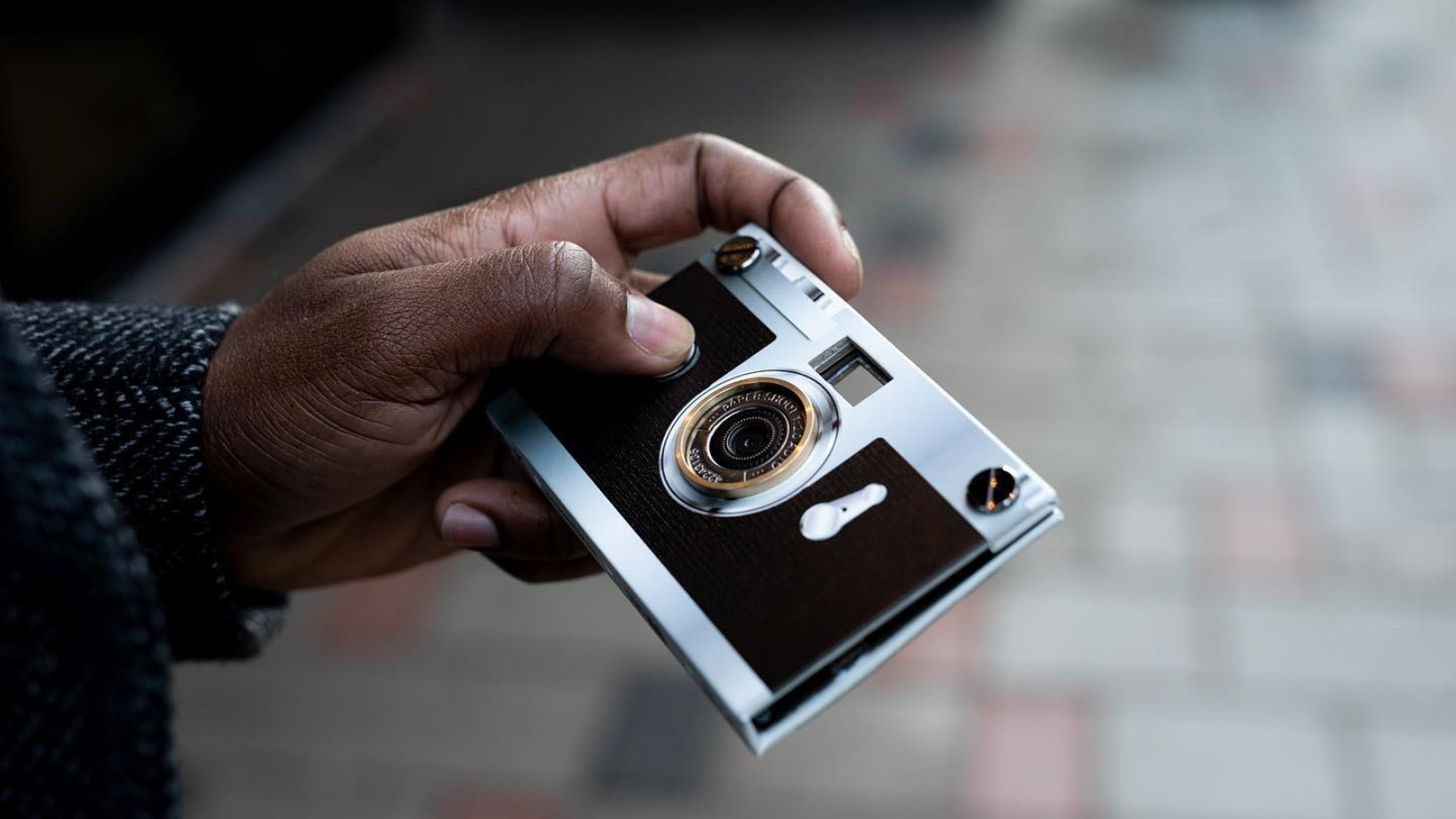
Paper Shoot Cameras: Style and Minimalism
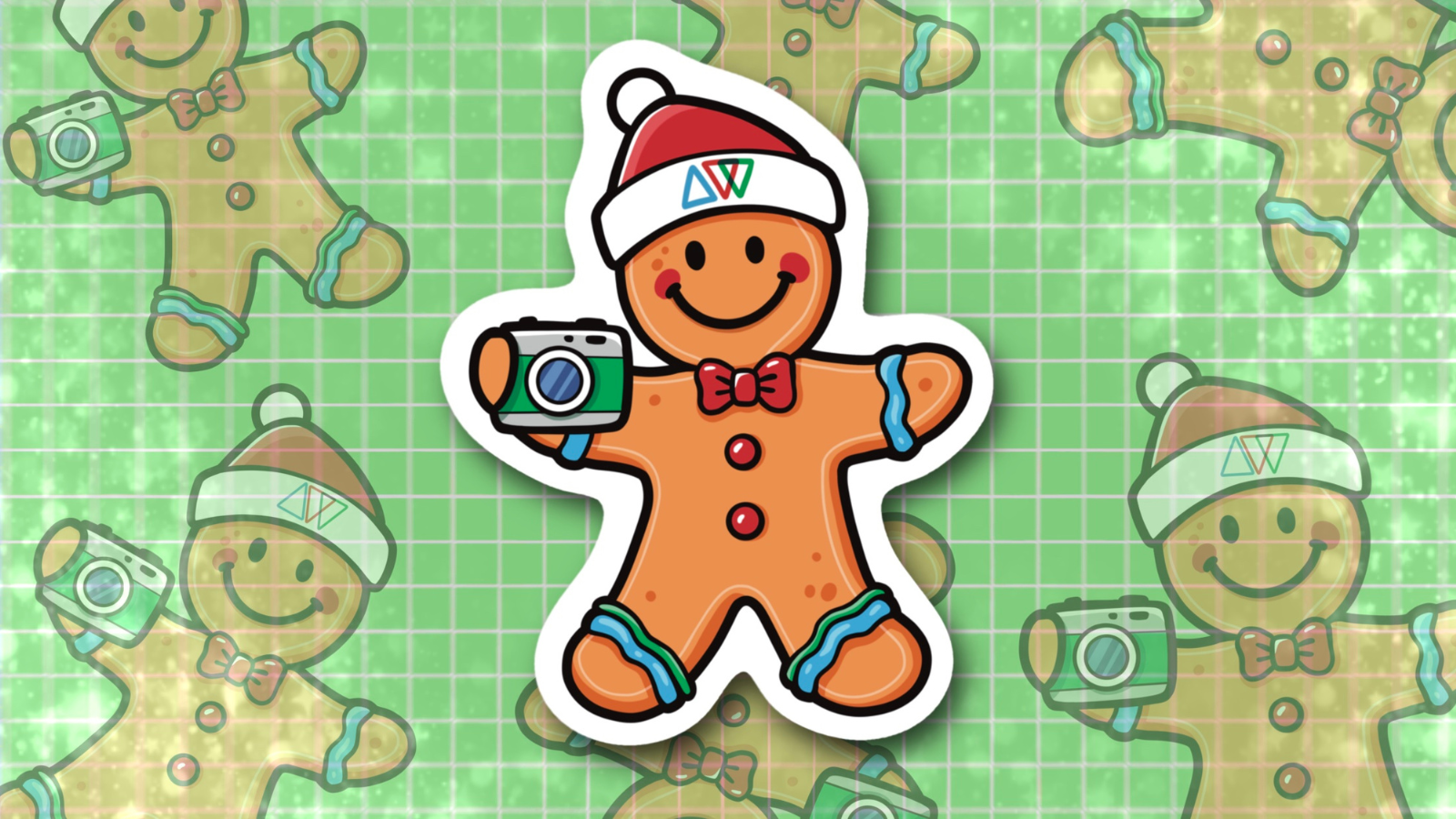
AW Christmas Gift Guide: Find The Perfect Gift For The Film Shooter In Your Life

Processing Film in an NFL Stadium: WonderLab Touchdown
We sent our Lab Technician, Will, to team up with Miles from Expired Film Club at a New York Jets NFL game, where he developed and scanned film photos live on-site from the MetLife Stadium bathroom - finishing before the game even ended!
Subscribe to our newsletter 💌
Sign up for our newsletter to stay up to date on film photography news, sales and events:
Free Tracked Shipping
On all UK orders over £50
Passion For Film
An unbeatable range and an on-site lab
Our Customers Trust Us
Thousands of independent 5* reviews
All Deliveries are Carbon Neutral
Independently audited and verified by Planet
- Opens in a new window.




